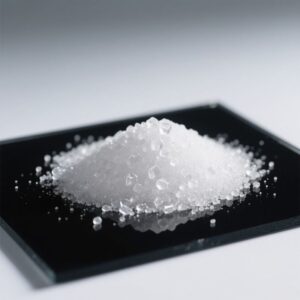
What Is Tripolyphosphate?
A professional and educational overview of tripolyphosphate (STPP), explaining its composition, manufacturing process, applications, safety profile, and sustainability trends.
This article combines experimental data and industry cases to analyze the golden compatibility ratio, pH value control points, and composite additive formula design strategy to help cleaning product manufacturers achieve performance breakthroughs.
1. Classic compatibility principle
Sodium carbonate (Na₂CO₃): adjusts the pH of the detergent to 10-11 (the optimal activity range of STPP) and softens the water quality simultaneously.
Sodium metasilicate (Na₂SiO₃): provides alkaline buffering capacity, prevents metal corrosion, and enhances particle suspension.
2. Recommended compatibility ratio
| Application Scenario | STPP : Sodium Carbonate : Sodium Metasilicate | Performance Advantages |
| Regular Laundry Detergent | 4:2:1 | Detergency P-value ≥1.2, cost reduced by 18% |
| Industrial Cleaner | 5:3:2 | Hard water resistance improved by 40% |
| Low-Temperature Detergent | 3:1:1 | 25% increase in stain removal efficiency at 30°C |
Corporate response strategies:
Short-term: Use “STPP+zeolite” compound (ratio 3:7), phosphorus content reduced by 40% and cost increase ≤15%.
Long-term: Invest in modified STPP research and development (such as nano-coating technology) to improve environmental compatibility.
1. Accurate testing: guarding the first line of defense for compliance
Spectrophotometry (GB 11893-89): suitable for routine testing, with an error rate of ≤3%.
ICP-MS method: the detection limit is as low as 0.01mg/L, meeting EU export requirements.
2. Formula optimization: the secret to balancing performance and cost
Efficiency enhancement technology: adding polycarboxylates (such as acrylic acid-maleic acid copolymers) to compensate for the dispersion ability of STPP after the reduction.
Synergistic solution: STPP is compounded with sodium silicate to increase the decontamination index by 15%-20%.
3. Supply chain upgrade
Purchase low-phosphorus STPP (P₂O₅≤45%), sign environmental compliance agreements with suppliers and avoid raw material risks.
1. Biodegradable STPP: from laboratory to industrialization
Enzymatic hydrolysis process: using lipase for directional decomposition, the 28-day biodegradation rate increased from 35% to 72%.
Case: The “STPP-cellulose complex” developed by a European company in cooperation with the Technical University of Munich shortens the degradation cycle to 15 days.
2. Modified STPP technology
Coated STPP: A silica coating reduces the phosphorus release rate, and the phosphorus concentration in wastewater decreases by 50%.
Ion exchange STPP: Potassium ions replace sodium ions, improving environmental friendliness while maintaining pH stability.
3. Commercialization of phosphorus recovery system
The STPP wastewater recovery pilot line of BASF in Germany has a phosphorus recovery rate of over 85%, and the cost is 30% lower than that of mineral extraction.
Phosphorus restriction regulations are both a challenge and an opportunity for industry reshuffle. Enterprises need to adopt a three-level strategy:
Compliance foundation: meet current regulations through precise testing and formula adjustment;
Technology breakthrough: deploy biodegradable STPP and recycling technology to seize the green market;
Global collaboration: formulate differentiated solutions for different markets (such as promoting compounding technology to enter Brazil and focusing on modified STPP to break through the EU).
(Data sources for this article are the EU Gazette, China’s Ministry of Ecology and Environment, and Grand View Research, and the cases have been desensitized.)

A professional and educational overview of tripolyphosphate (STPP), explaining its composition, manufacturing process, applications, safety profile, and sustainability trends.
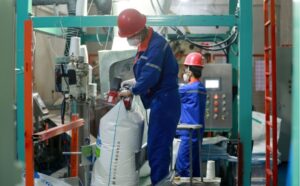
Goway Fuquan Plant is ramping up production to meet the demands of the second quarter’s orders. With all production lines running at full capacity, the company is focused on delivering high-quality phosphate-based products to domestic and international markets.

Sodium tripolyphosphate (STPP) is a common chemical compound used in detergents, food processing, and industrial applications.
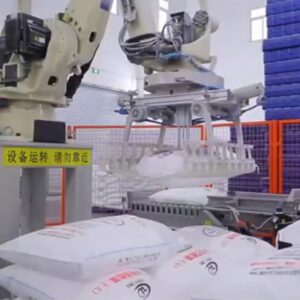
From raw phosphate rock to market dominance, sodium tripolyphosphate is evolving through process innovation, cost control, and global industrial competition.
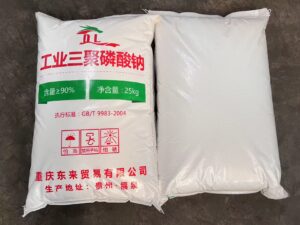
Sodium Tripolyphosphate Environmental Impact: A deep dive into STPP-induced water eutrophication and effective wastewater treatment solutions to mitigate pollution and protect ecosystems.
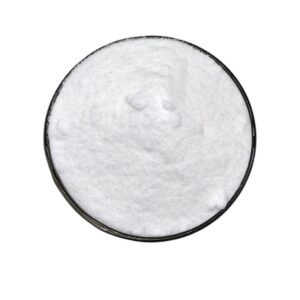
Sodium tripolyphosphate (STPP) is widely used as a food additive in processed foods—international authoritative organizations such as the FDA and WHO have recognized its safety. However, the Acceptable Daily Intake (ADI) standard must be followed, and consumers can make scientific choices by reading the ingredient list.
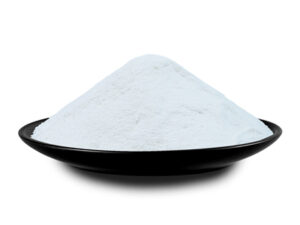
Sodium tripolyphosphate (STPP) is a widely used chemical in various industries, from detergents to food processing.
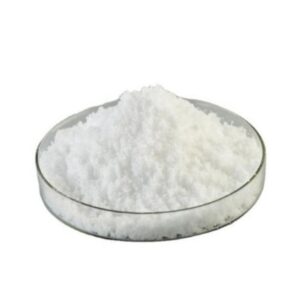
Sodium tripolyphosphate boosts food yield and texture but faces rising scrutiny over health and safety, prompting regulation and innovation across the industry.
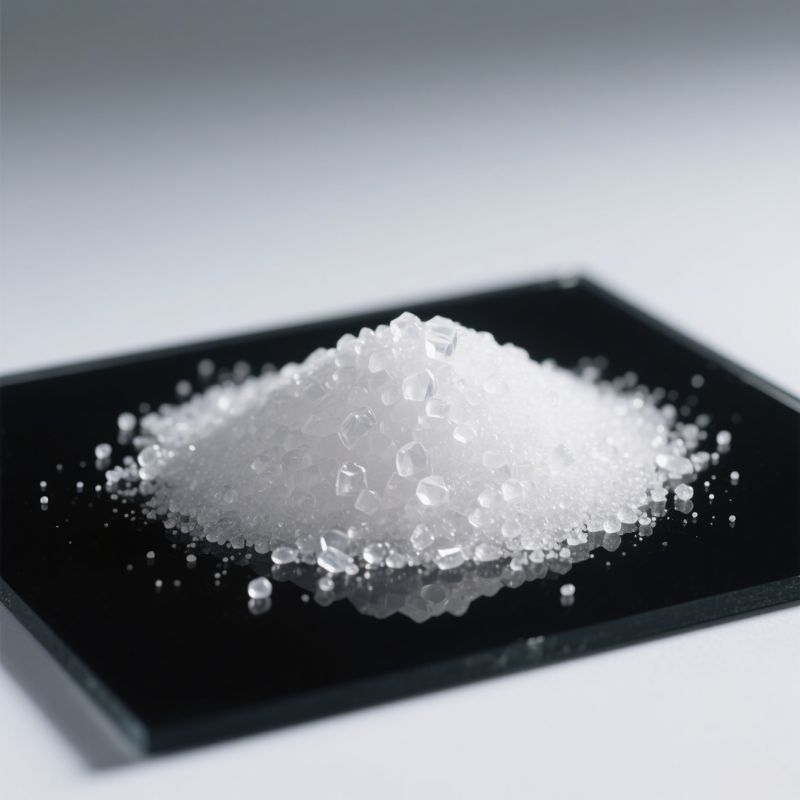
A professional and educational overview of tripolyphosphate (STPP), explaining its composition, manufacturing process, applications, safety profile, and sustainability trends.

This guide provides insights into the technological advances, regulatory frameworks, and cost factors affecting food and aquatic products, highlighting sustainability challenges and opportunities in 2025.
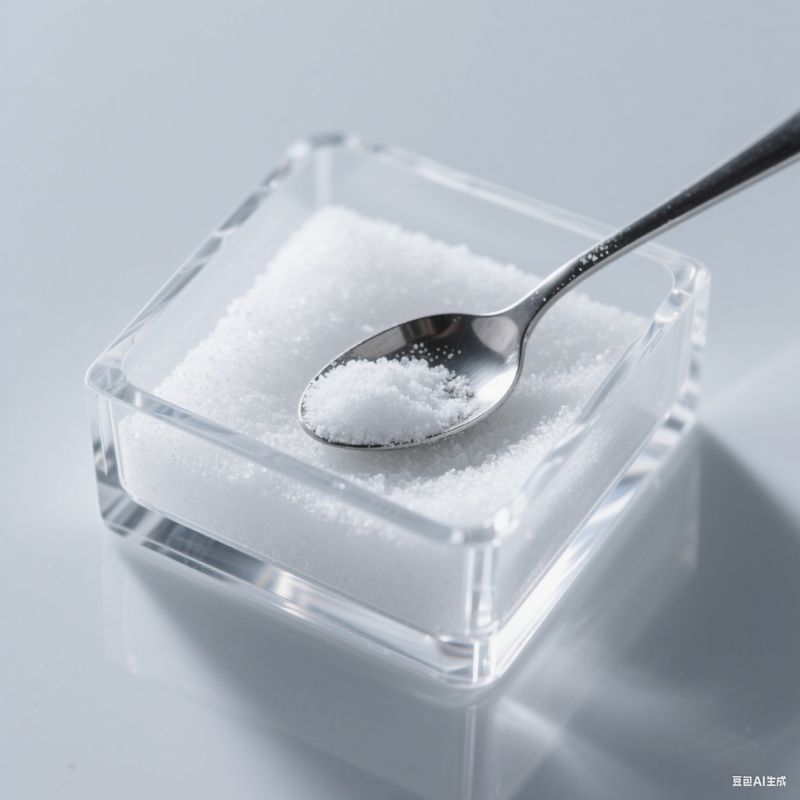
This guide covers the uses, benefits, risks, dosages, and health concerns of polyphosphates in food, with an overview of regulatory standards and emerging alternatives.
WhatsApp us